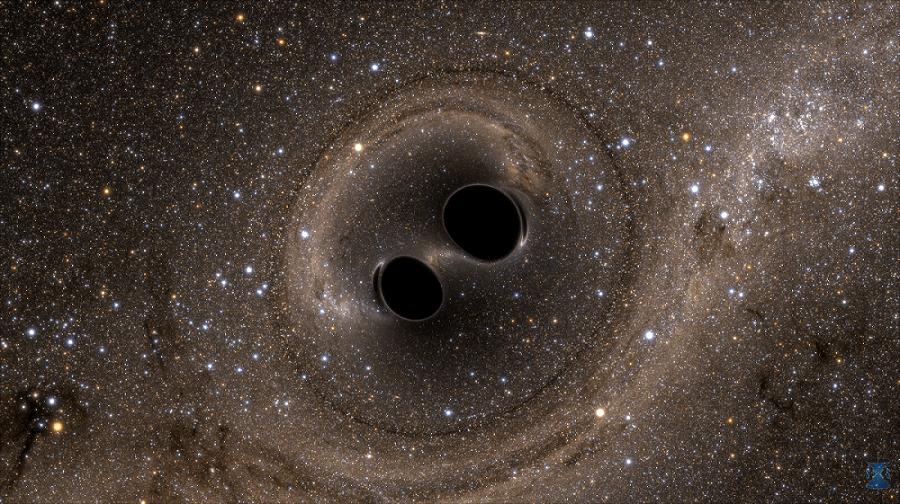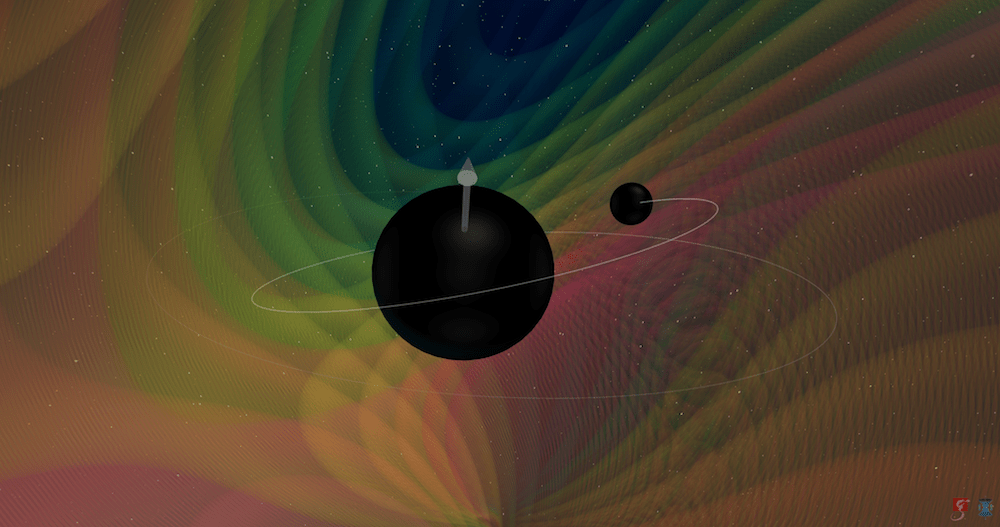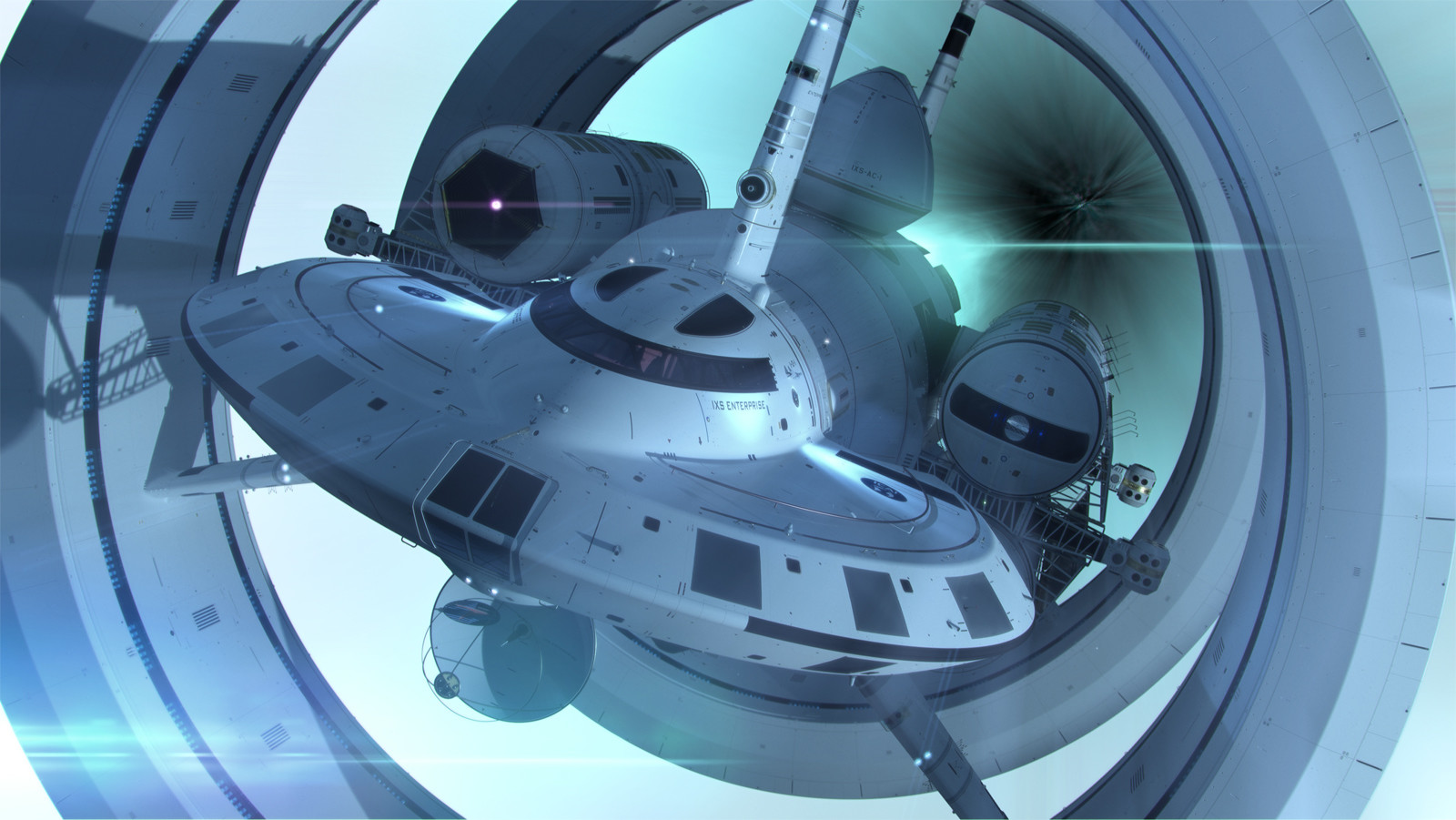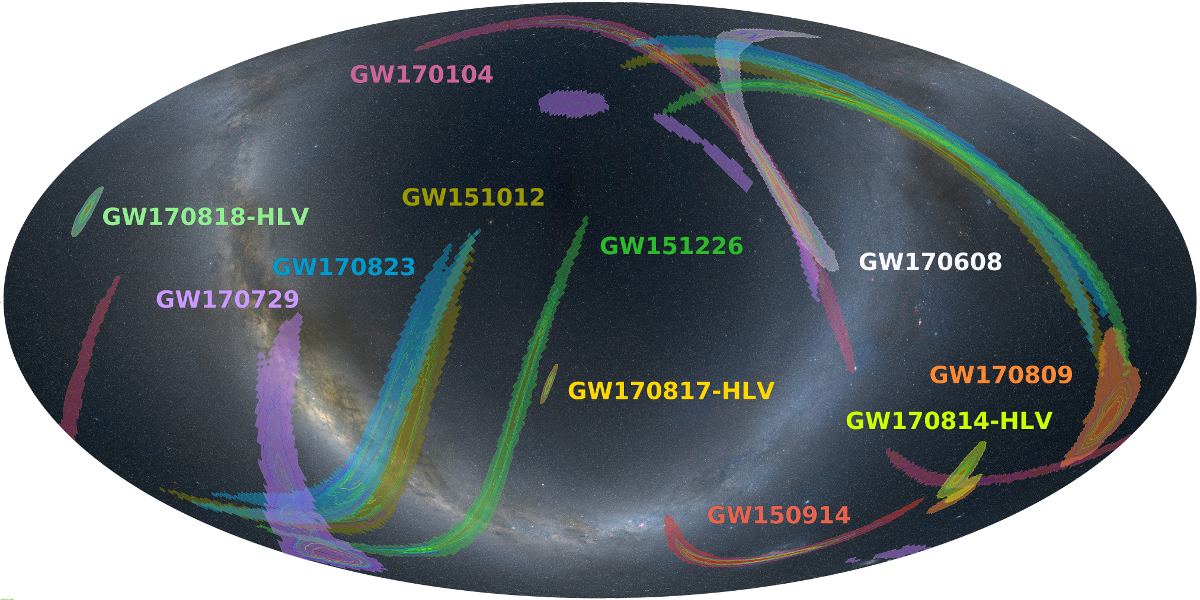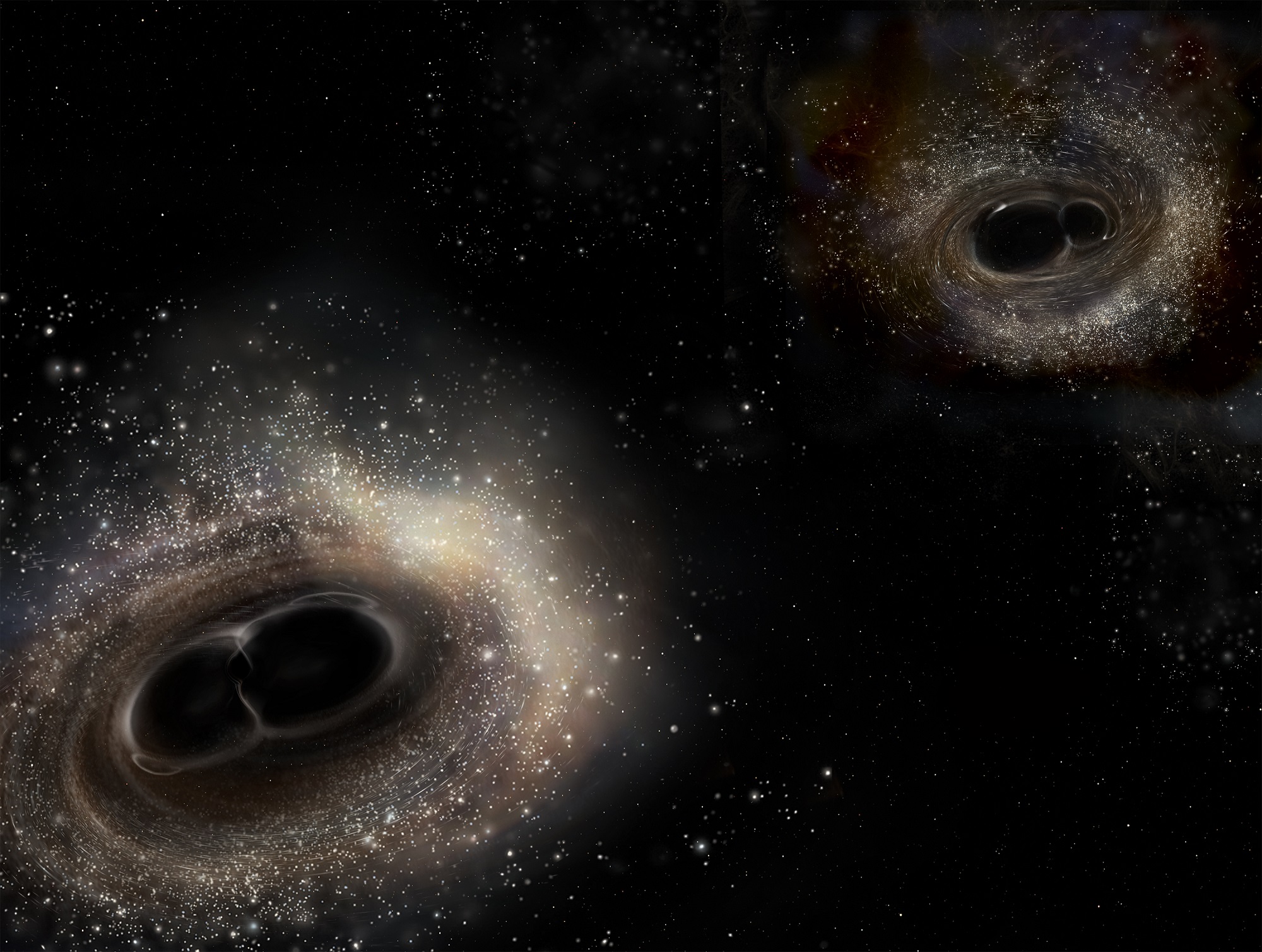When pulsars were first discovered in 1967, their rhythmic radio-wave pulsations were a mystery. Some thought their radio beams must be of extraterrestrial origin.
We’ve learned a lot since then. We know that pulsars are magnetized, rotating neutrons stars. We know that they rotate very rapidly, with their magnetic poles sending sweeping beams of radio waves out into space. And if they’re aimed the right way, we can “see” them as pulses of radio waves, even though the radio waves are steady. They’re kind of like lighthouses.
But the exact mechanism that creates all of that electromagnetic radiation has remained a mystery.
Continue reading “Why Pulsars Are So Bright”

